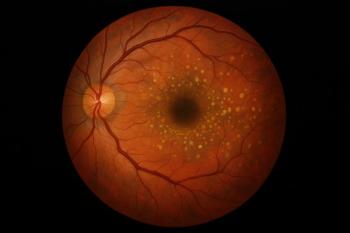
AAD 2015: Secukinumab improves skin clearance in plaque psoriasis patients over widely used therapy
Plaque psoriasis patients treated with secukinumab (Cosentyx) over ustekinumab (Stelara)-a widely used biologic-can achieve clearer skin, according to a late-breaking research session at the 73rd Annual Meeting of the American Academy of Dermatology (AAD), in San Francisco.
Plaque psoriasis patients treated with secukinumab (
Cosentyx is the first and only interleukin-17A (IL-17A) antagonist approved to treat adult patients with moderate-to-severe plaque psoriasis.
Results, announced by
Related:
In the study, secukinumab met the primary end point of superiority to ustekinumab, as assessed by the Psoriasis Area Severity Index (PASI) 90 response, known as clear to almost clear skin, at Week 16 (79.0% vs. 57.6%, P<.0001). The secondary end point found 50% of secukinumab patients achieved PASI 75 at Week 4 compared to 20.6% of ustekinumab patients (P<.0001). In an exploratory analysis, completely clear skin (PASI 100) at Week 16 was achieved by significantly more patients treated with secukinumab than those receiving ustekinumab (44.3% vs. 28.4%).
“The safety profile of secukinumab was comparable to ustekinumab and consistent with previously reported phase 3 clinical trials for secukinumab,” said Andrew Blauvelt, MD, MBA, president of the
In the 2-year multicenter, double-blind, randomized withdrawal extension of the FIXTURE and ERASURE pivotal phase 3 studies, 995 patients who achieved PASI 75 response after a year of therapy (Week 52) received either secukinumab 300 mg, secukinumab 150 mg or placebo for an additional year (Week 104). After 2 full years of therapy, 7 out of 10 (70.6%) patients treated with secukinumab 300 mg had clear or almost clear skin (PASI 90); 4 out of 10 (43.9%) had clear skin (PASI 100) and almost 9 out of 10 (88.2%) patients maintained their PASI 75 response at Week 104. For patients treated with secukinumab 150 mg, 44.6% had clear or almost clear skin (PASI 90); 23.5% had clear skin (PASI 100) and 75.5% maintained their PASI 75 response at Week 104. In the study, 94.8% of patients who initially received placebo (at the start of the extension) and were switched to receive secukinumab 300 mg after relapse, were able to achieve PASI 75 and 70.3% achieved PASI 90 within 12 weeks of re-starting secukinumab treatment.
"From a managed care/formulary coverage perspective, the data adds to a growing body of evidence that [secukinumab] is an important new therapeutic treatment option for adult patients with moderate to severe psoriasis, and as such, warrants inclusion on managed care and hospital formularies on par with other efficacious therapies for patients who are managing their disease," said Julie Masow, Novartis Media Relations.
Read next:
Newsletter
Get the latest industry news, event updates, and more from Managed healthcare Executive.




















































